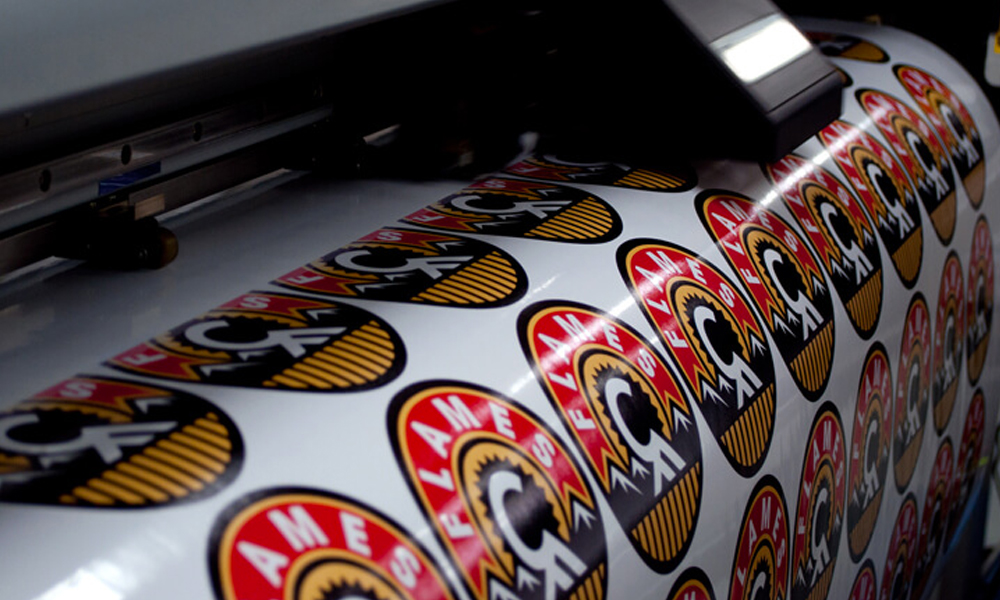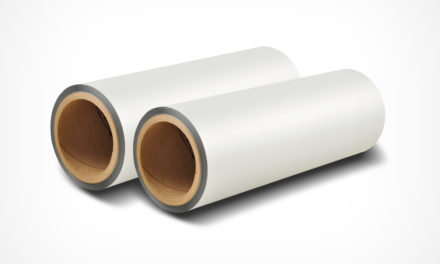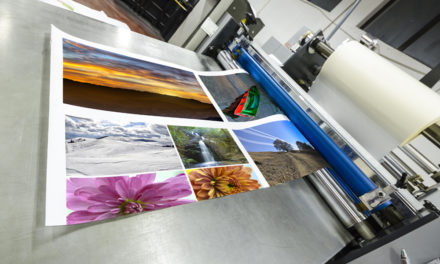While there is a multitude of different types of laminating films on the market today, many of them are not yet suited for digital printing. This means that problems can occur during the lamination process, leading to less than stellar results with the finished product. For instance, when you use standard laminating materials on a toner-based digital print, the film won’t properly bond to the toner or paper, leaving it to bubble and peel up easily.
As a result, utilizing the proper laminate film for digitally printed product is key. Common offset presses use conventional CMYK ink to print on paper. However, digital or laser printers often use plasticized toner-based inks with heat for curing for segment printing, which bonds exceptionally well to many stocks to create the toughness you need for a high-quality, finished printed product.
What’s the difference between conventional ink and toner product? Ink is a liquid dye that colors the paper itself, pressed on by plates for a smooth application. Due to the fact that it is liquid, the ink dries into the paper, making it easy for the laminate further down the process to adhere without encountering adhesion issues.
However, toner is actually a powdered plasticized ink and not a liquid. The application to paper involves an electrostatic charge, with a fuser oil being used to adhere them together. Since the toner is simply flashed onto the surface of the paper, not soaked in, standard laminate typically won’t adhere properly. This then requires the application of a digital-style laminate that has a special additive layer that negates the silicones in the fuser oil, which will help reduce the possibility of the laminate layer bubbling or coming apart.
In summary, it’s best to use specific digital laminate with toner-based printing, a process that’s becoming more common by the day.





